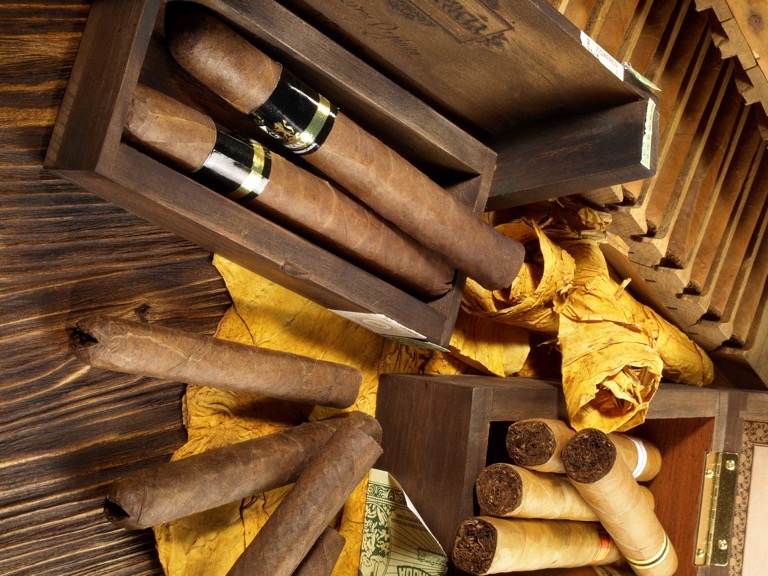
Thrilling victory: Habtoor Polo
The thrilling Gold Cup finals kicked off with Dubai Wolves...

The thrilling Gold Cup finals kicked off with Dubai Wolves...
Traditionally, the Silver Cup, held at handicap level 20, marks...
25.000 of spectators who strolled through the PoloVillage, enjoyed the...
Fashion is fast-moving, collections change with the seasons and often...
Dermatologists and cosmetic studios have been successfully offering light therapy...
Working in the United States, emerging democracies, and democracies in-conflict...
The thrilling Gold Cup finals kicked off with Dubai Wolves by CAFU securing the..
Read More25.000 of spectators who strolled through the PoloVillage, enjoyed the exclusive atmosphere and..
Read MoreFashion is fast-moving, collections change with the seasons and often even..
Read MoreDermatologists and cosmetic studios have been successfully offering light therapy as a skin treatment..
Read MoreA modern maharaja: blending tradition and progress. His Highness Sawai Padmanabh Singh, the 303rd..
Read MoreThe Rolls-Royce La Rose Noire, an extraordinary motor car, presented to the clients who..
Read More
Cuba is synonymous for premium cigars. But long before Havana became the world’s prime hub for fine cigars, it was the Spanish who introduced cigars to the world. Shortly after Christopher Columbus discovered the Americas in 1492, the first cigar factories were established in Spain. And this is also how tobacco turned into what it is still today: a luxury commodity. In its place of origin, the Americas, it had only been used by the indigenous tribes for religious or medical purposes as a chewed, snuffed or boiled herb. The first cigar factory in Havana opened its doors in 1799. But in this period the Spanish still controlled the world market due to a monopoly. This changed all of a sudden in 1817 when the Spanish monopoly was lifted. In Cuba cigar factories were popping up like mushrooms, the economy was booming and quickly Havana turned into the biggest trading hub for cigars in the world.
For a long time cigars were rather associated with elderly gentlemen of aristocratic background. The British Premier Winston Churchill, for example, epitomised the typical cigar smoker. But to the enjoyment of producers, the number of cigar lovers kept rising steadily since the 1990s – also attracting the younger generations. The industry has re- sponded to this development with an ever increasing range of products on offer. According to experts, today you can find excellent cigars in any price range. This is because some new producers that are pushing onto the market offer their raw diamonds sometimes at very appealing prices in order to introduce them to the consumer. Those discerning customers, however, that don’t settle for anything less than outstanding products of noble pedigree will have to dig quite deep into their pockets to purchase those rare gems at auctions or selected cigar lounges.
But reducing the world of cigars purely to the smoking experience would not do justice to this highly interesting industry. Anyone who goes to the trouble of learning more about the particular features of the individual tobacco-growing regions and leading brands will quickly feel the desire to get detailed insight into the manufacturing of cigars which requires a great deal of skill, and the numerous different cigar varieties. And, quite unexpectedly, this can also be highly entertaining, as many cigars tell stories of romantic encounters, catastrophic storms or plotting business tycoons, and much more.
Similar to noble wines or whisky, also when it comes to cigars, first-class raw materials are only the basis for making fine products. At least as important for determining whether a cigar will indeed become a prime product is the workmanship and the storage process that may take quite a number of years for top-level cigars. The most sought-after are the hand-rolled long filler cigars made of whole tobacco leafs. Premium cigars stand out by having uniformly coloured wrapper leaves. The leaves not only determine the visual appearance, but to a decisive degree also the flavour of the cigar.
As a cigar smoker you have a dazzling selection to decide from. Apart from the type, you can select from a wide variety of countries of origin, many different tobacco varieties with the most diverse levels of strength and flavours, and also the format of the cigar – the so-called vitola – that determines the proportion of length and diameter of the cigar, offers a huge variety which can also impact on the flavour of a cigar depending on the format. Although there are no regulations of how a cigar should look like, over the years preferred cigar formats have developed. Vitolas such as Robusto, Corona, Churchill, Torpedo, Toro, Panetela and Ciga- rillo are the most common formats. Prefixes like Petit or Small and Grand or Long indicate whether the cigars are smaller, larger, thicker or thinner. The cigar smoker is a connoisseur who smokes for enjoyment. For his smoking experience he will allocate sufficient time and select the size and format accordingly. Therefore, a cigar of 18 centimetres and above, such as the Double Corona or the Grand Panatella, will rather be enjoyed in the evening when there is sufficient time and leisure.
Some cigar know-how for perfect enjoyment
The perfect enjoyment of a cigar requires a little bit of know-how and the right equipment. To avoid ruining a fine cigar, it has to be properly cut. This is done by using a special cigar cutter that enables the connoisseur to cut off the cap completely, at the same ensuring that the head of the cigar is only cut to such an extent that later it won’t unravel in the mouth. Also lighting your cigar requires a certain level of skill, as any mistakes might impact on its flavour during smoking. Experienced cigar smokers will prefer cedar wood strips (known as ‘spill’) or a gas lighter. As the fire might damage the wrapper, when lighting the cigar it should never be exposed directly to the flame but only lit with the radiation heat of the flame. Unlike with cigarettes, where the ash is flicked off, cigar smokers will gentlypress the cigar into the ashtray ensuring that it will break off evenly. The smoke is not inhaled. For an intense taste experience, connois- seurs recommend to keep the smoke in the mouth for a while and then exhale it through the nose.
Whether you prefer port, sherry, a heavy Bordeaux wine or even coffee, choosing the right drink to go with your cigar can round off your taste experience. Many connoisseurs enjoy combining cigars and drinks of similar flavours, assuming that these will melt together in harmony. When skilfully combined, this can create taste experi- ences that a cigar or liquor on its own will not be able to afford you.
The main growing regions for tobacco are in the tropical countries. Good tobacco must mature like a good wine. After harvesting, the tobacco leaves are left to dry suspended on strings for about two months. This first step is followed by the fermentation process dur- ing which the tobacco develops its unique flavour. Depending on the quality, the tobacco leaves will then be stored for several years until the desired level of maturity is reached. Finding this right point of maturity requires a great deal of knowledge and experience. For further processing, the leaves are then sorted according to size, colour and quality. Immaculate leaves of homogeneous colour have the highest value. The tobacco of each growing region is character- ised by a particular bouquet, almost like its own handwriting. Cigar connoisseurs, just like wine lovers, are able to identify individual growing regions. The first and decisive step to a premium cigar is made by the Master of Blend who chooses the blend of tobacco leaves. These are then rolled into cigars in the cigar factories, a fully hand-made process.
From smoker to collector
Smoking cigars is about enjoyment, but over time many cigar lovers have turned from smokers to collectors. This is a hobby that – depend- ing on your preference – may involve investing quite a bit of money. Some rare specimens can go for up to several thousand Euros per cigar. A most for each collector is having one or more humidors, depending on the size of his collection. This is how the boxes/cupboards used for storing cigars are referred to. Humidors are equipped with a moisturising system that should stabilise the relative humidity in the recommended range of 68 to 75 percent. For more information, refer to the pages 50/51. Collectors’ cigars are usually divided into three categories: world- wide aged, rare and regularly produced cigars. Aged cigars are at least five years old. Old and rare cigars are sought-after, but only an expert will really be able to tell whether these have been properly stored and thus are still in a smokable condition. Cigars from regular production will only have a chance to turn into collectors’ items if they have been aged over many years under perfect conditions. For the beginner it is very difficult to assess which cigar is really worthwhile to be taken into the ‘treasure chest’. A ‘blind’ purchase of so-called rarities can soon turn out to be a giant flop. The market is rife with fakes – some of them with swapped or perfectly reproduced labels – that only an expert can tell apart. So anyone thinking about building a collection should rely only on reputable brand dealers and also seek their advice when buying at actions.
Photo credit: Fotolia

The thrilling Gold Cup finals kicked off with Dubai Wolves by CAFU securing the initial

Traditionally, the Silver Cup, held at handicap level 20, marks the start of the Dubai

25.000 of spectators who strolled through the PoloVillage, enjoyed the exclusive atmosphere and soaked up
[user_registration_form id=”9713″]
Membership as a POLO & LUXURY Insider is free.
POLO & LUXURY do not share your data with third parties.
[user_registration_my_account redirect_url=”my-account”]